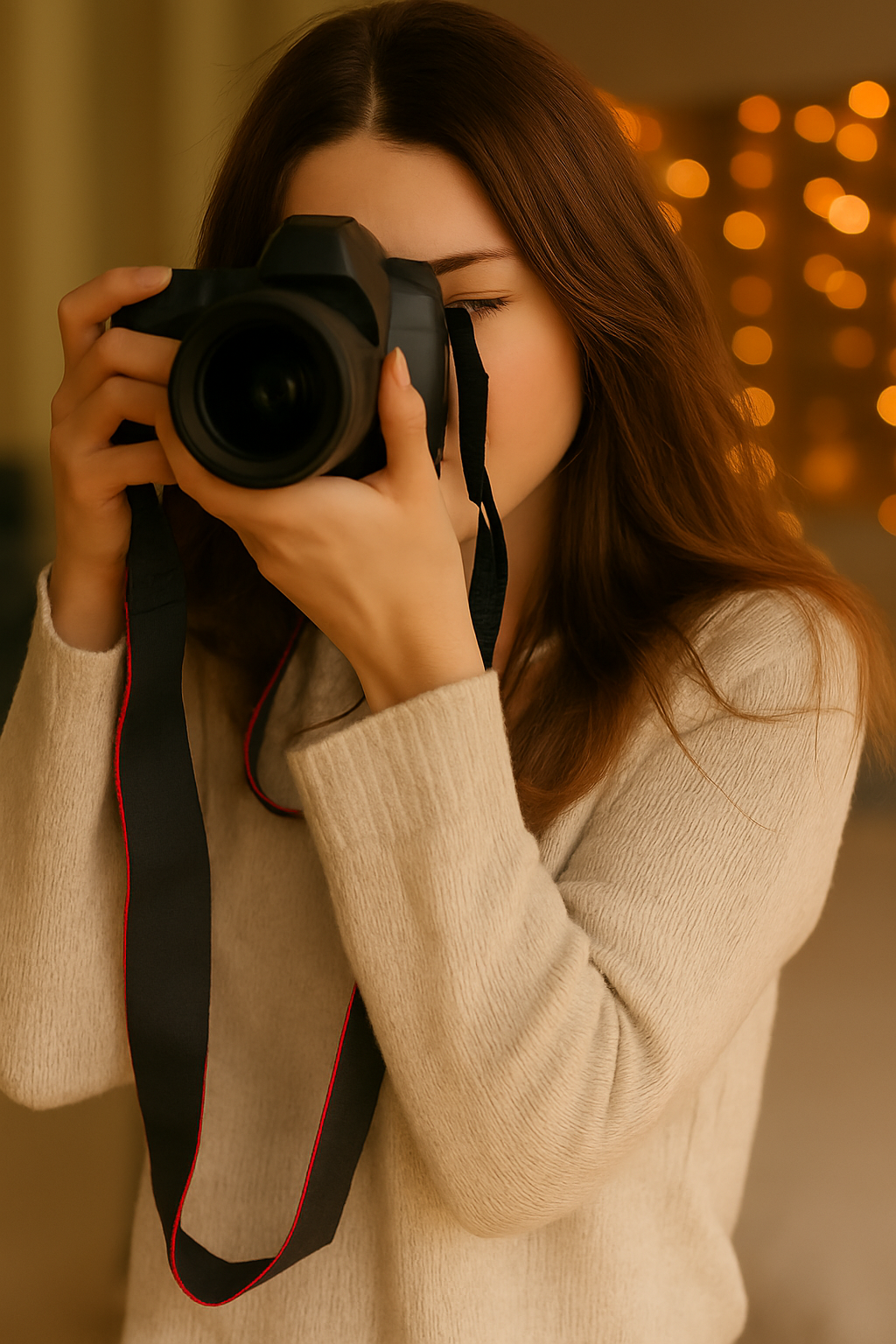The lens is more important than the camera. Whether shooting film or digital, the way the camera takes a photograph is simple and always has been. Light passes through the lens and is recorded on the sensor (or film), capturing the image.
The quality of the lens and the sensor are important with any camera and, of the two, it's the lens by a long shot that makes all the difference. A quality lens with a substandard sensor will always take a better photo than a substandard lens with a quality sensor.
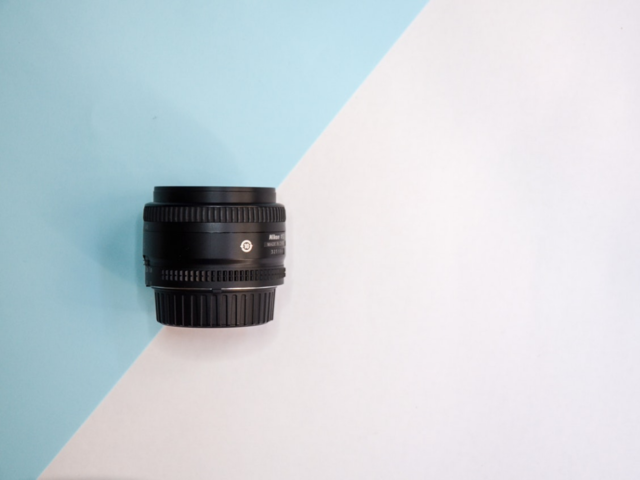
Image source: Unsplash.
A good lens
These days sensors, regardless of brand or dimensions, are all pretty good. Sure, some are better than others, namely full-frame sensors, which are made to a higher quality as the manufacturers aim at the discerning pro-market. Because of their greater surface area, the individual pixels are not crammed so tightly together, which results in improved image quality.
But it is all about the lens, and you get what you pay for. The mark of a good lens includes:
-
Sharp images, not just at the centre but all the way to the edge of the frame, regardless of the aperture used.
-
Good contrast in the image, with colours, faithfully reproduced.
-
A wide maximum aperture, allowing for low-light shooting and/or shallow depth of field.
Build quality
Roughly speaking, all manufacturers offer three levels of quality: amateur, prosumer and professional.
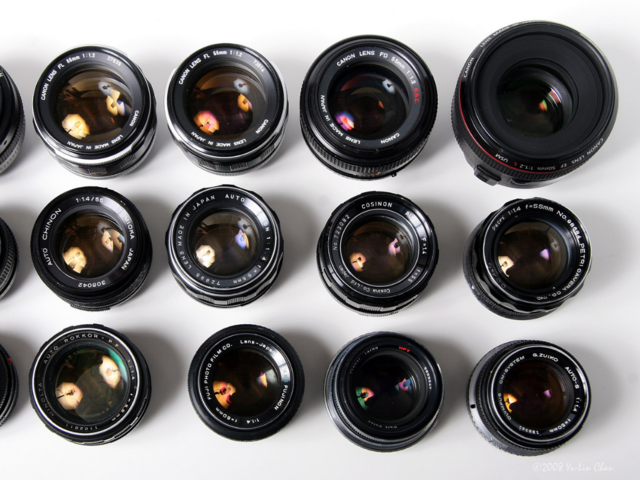
Canon, Chinon, Ricoh, Petri, Minolta Rokkor, Fujinon, Rollei Carl Zeiss Planar and Olympus lenses. Image credit: Yu-Lin Chan.
Amateur
These are just not worth considering, even if you are new to the game. They lack everything desired in a lens, to the extent that the photographer may blame their perceived inability to capture quality imagery when it's actually the lens at fault.
Amateur lenses display inconsistent sharpness, wishy-washy contrast and poor colour reproduction, while zoom lenses have variable and slow maximum apertures. All lenses in this category tend to have poor build quality. Their coupling, for example (the lens-to-camera interface), will be plastic, so it will wear in time, creating a loose fit. Their autofocus will also be lacking – slow, noisy and inaccurate under low-light conditions.
These lenses are often referred to as ‘kit lenses’ as they come bundled with your first DSLR. If that is all you have, fine, but don't start building a lens system made up of similar low-quality optics.
Prosumer
Halfway between amateur and pro, some of these can be very good, as good as professional-quality lenses.
On the whole, they are at least dependable. Generally speaking, the professionals don't offer the same edge-to-edge sharpness, wide (fast) constant apertures or build quality. Their contrast and colour reproduction, however, are usually good.
Professional
Built to last, with the best image quality and constant maximum apertures, these lenses have little to criticise, except their price! Some are veritable bargains, though, and as they are typically built like tanks, you should have no concerns about buying second-hand.
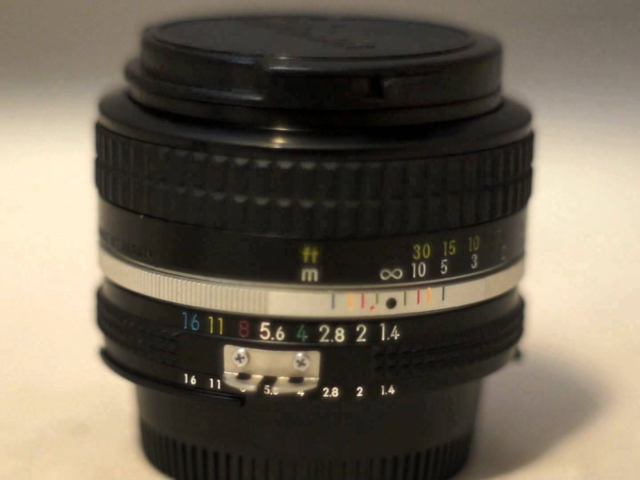
Nikon Nikkor 50mm F1.4 AI vintage manual focus prime lens. Image credit: Tha_Canon_Guy's Reviews.
Zooms & prime lenses
At a given price point, it is a lot harder to manufacture a zoom lens than a fixed prime. Regardless of cost, prime lenses almost always produce better quality images than zooms while having faster (wider) maximum apertures.
In my opinion, the most useful range of focal lengths would start at CA 20mm going through to 200mm, and within this range (outside of sport and nature photography), the most used would be the CA 24mm to 135mm range. As prime lenses, these would typically be: 24mm, 35mm, 50mm, 80mm and 135mm.
If I could only have one, it would be a 35mm. Not only do I consider its angle of view on the world to be the most useful, but its perspective is also fairly close to that of the human eye (which is CA 42mm).
Zooms
But zooms have their place, their advantage being that they provide a broad range of focal lengths in a single unit. Owning one is a cheaper option than buying several primes and spares you the hassle of repeatedly changing lenses.
Zooms are invaluable when shooting events like weddings and conferences, as your shooting distance from the action is constantly changing and uncontrollable. However, given a choice, I would have multiple prime lenses over zooms for their increased image quality and because zooms make us lazy.
Rather than moving towards our subject, zoom encourages us to remain static and let the zoom do the work. The downside to this is the extent to which perspective changes with a given focal length, affecting the consistency of a set of images.
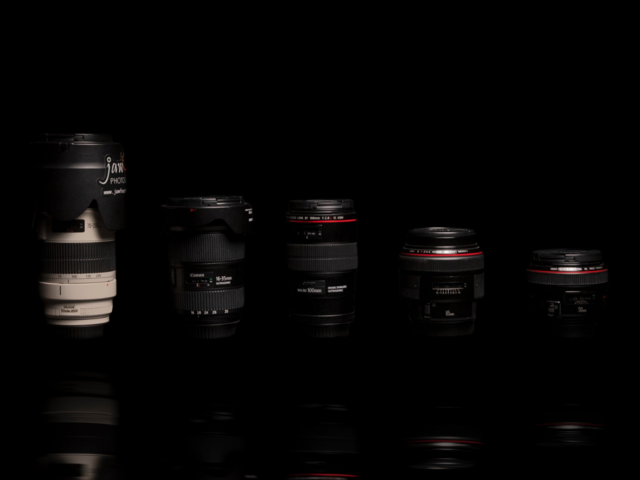
Image source: Unsplash.
Lenses
When learning photography, there's absolutely no doubt that keeping things simple kit-wise is the best policy. To have only one lens, preferably a fixed-focal-length prime, somewhere in the 35-50mm range will keep you going for some time as you learn everything that it can do for you.
There are many lenses in the market, but a few stand out as quality optics at sensible prices.
First to consider would be your camera manufacturer’s 50mm lenses, which are almost certainly produced in amateur, prosumer and pro models. This would be the only lens worth considering in amateur spec. It will feel cheap and plasticky, but as it is the simplest and easiest lens to produce, its quality will be acceptable, and it will be fast at CA f/1.8. For similar money, Canon users also have the option of their slightly wider 40mm, perhaps a more useful focal length, though a little slower at f/2.8.
But if you can go for their prosumer offering, it'll be twice the money or more, but with superior optics, a stop faster in aperture (f/1.4) and quieter, swifter and sharper autofocus. However, if you have the budget, I'd opt for a 35mm. Sadly, these tend to be made only for the pro-market (with accompanying price tags), but they are great and surprisingly versatile.
Sigma has some optical gems in its reasonably recent Art Series of lenses. The Art Series includes primes and zooms, and every one of them can be confidently considered. They are not cheap, but their quality makes them better value than Canon or Nikon's Pro-Series optics.
Within the Art Series is a piece of optical genius. Sigma’s 18-35mm f/1.8 is the first and only f/1.8 constant-aperture zoom the planet has ever seen. It's excellent, so when in doubt, buy this one but please note that it is suitable only for non-full-frame (i.e., cropped sensor) DSLRs.
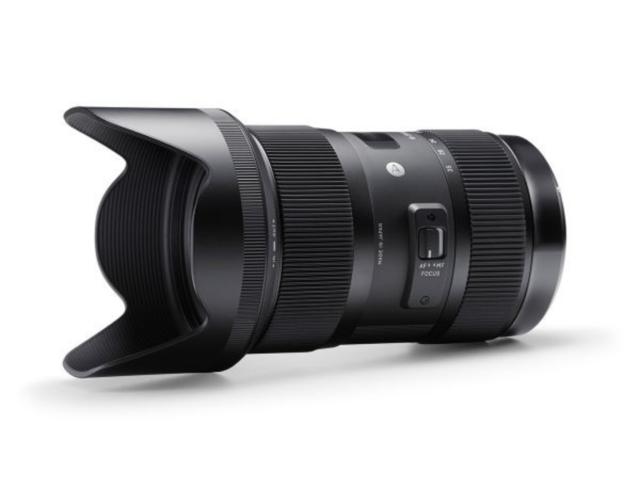
Sigma 18-35mm f/1.8. Image source: Amazon.
Image stabilised lenses
These are very good indeed. Essentially, the correct camera shakes at slower shutter speeds and so allow for sharper images.
For example, given that a handheld camera should ideally employ a minimum shutter speed between 1/80th and 1/125th of a second, an image-stabilised lens will allow you to shoot as slowly as CA 1/30th of a second. Perfect when shooting in low-light environments if using a tripod is impractical.
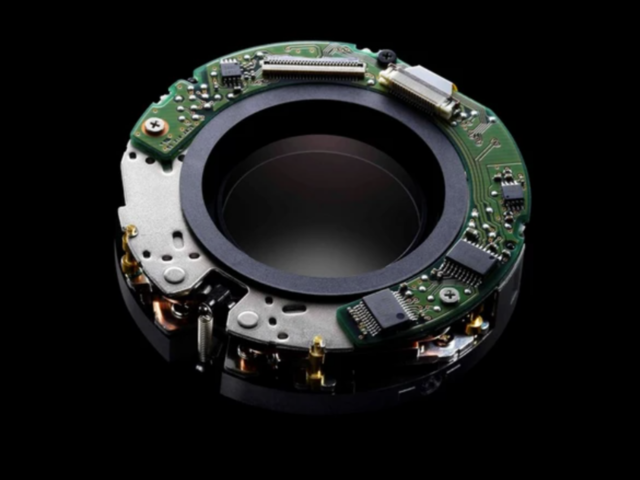
The tech behind Canon's Image Stabilizer system includes gyro sensors to detect the speed and direction of movement, special "floating" lens elements that can move to compensate for this movement, and a microprocessor to control the whole operation. Image source: Canon.
Lens choice
There are so many lenses out there to choose from that it goes beyond the scope of this article to be any more specific. But as a rule of thumb:
-
The only amateur lenses worth considering are the manufacturers’ own brand 50mms.
-
Most prosumer lenses are of good value, and some are true gems.
-
Consider buying second-hand, especially pro lenses owned by enthusiasts.
-
Choose primes over zooms if your budget allows.
-
The most useful range (generally speaking) is the CA 24-135mm, and within that 35-50mm.
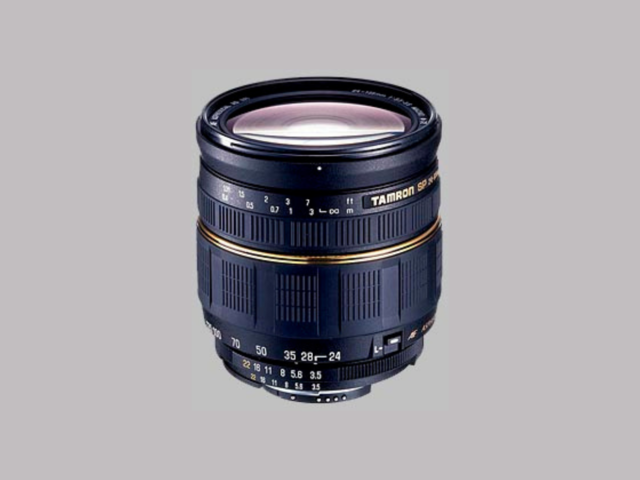
Tamron 24-135mm f/3.5-5.6. Image source: Pentax forums.
Whatever lens you use, make sure you fit a UV filter to the end. This acts as a barrier to dust, rain, stones, greasy fingers, etc., and it cuts down on UV light, which can lend a milky haze to your images under some conditions.
Read more about photography and our practical tips.
If you are looking to learn the basics or take your photography skills to the next level, e have the right course for you!

